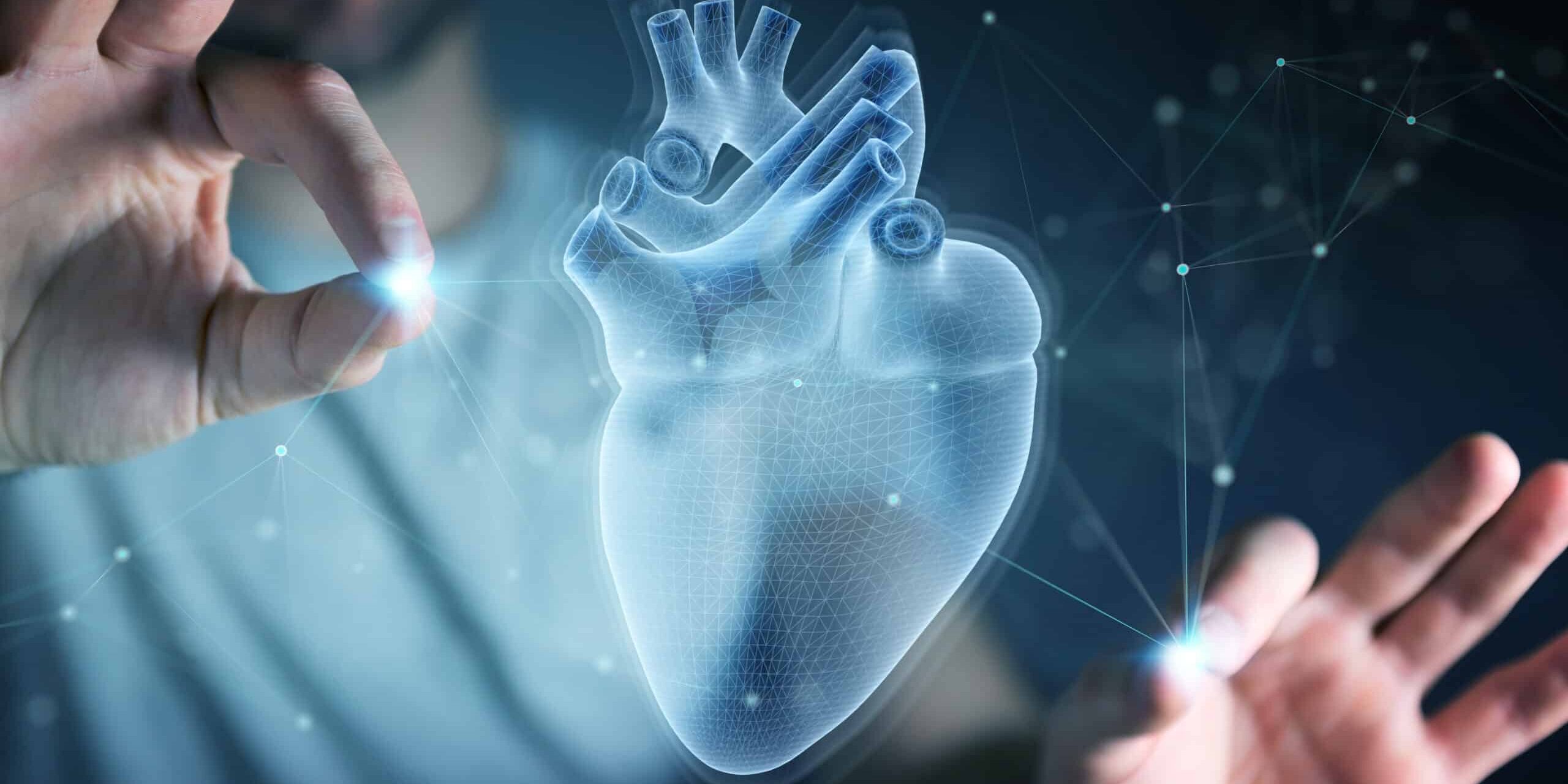Climatology of Chronic Non-ischemic Cardiomyopathy long-term prediction from multi-scale data and models
Coordinating Partners: Maxime Sermesant and Loïc Boussel
Coordinating institution : Inria
Cardiomyopathy, multi-scale, data fusion, artificial intelligence, digital twin
Chronic non-ischemic cardiomyopathies (NICM) are a group of cardiac pathologies having a complex etiology (genetic, environmental, infectious factors, etc) and accounting for ~40% of all hospitalized patients with heart failure (HF), as reported by multi-centre randomized controlled trials. Their multi-factorial character along with variability at clinical presentation and evolution in these patients, make difficult the classification of these pathologies into sub-entities, the etiological diagnosis, as well as the adaptation of patient-specific therapy and subsequent follow-up. Among those, dilated and hypertrophic cardiomyopathies (DCM and HCM) are two major NICM sub-types. For instance, DCM is characterized by heart enlargement and poorly contractile ventricular function, and the patients present with structural and functional myocardial abnormalities, with more than 30% of them having genetic pathogenesis, while the rest are due to hypertension, valve disease, inflammatory or infectious causes and toxins, or have unknown (idiopathic) causes. In contrast, HCM is a genetic disorder caused by mutations encoding sarcomere-associated proteins, featuring myocyte hypertrophy and disarray, and interstitial fibrosis. HCM patients often present with left ventricular diastolic dysfunction, and one third of cases have outflow obstruction.
The clinical, biological and radiological presentations of DCM/HCM are diverse; thus, the disease prognosis is currently difficult to establish. Notably, the major burden for these patients is the pathological evolution towards heart failure (HF), as well as the risk of developing aberrant heart rhythms leading to sudden cardiac death (SCD). Currently, multi-parametric, multi-scaled scores for arrhythmia stratification and HF/SCD risk in non-ischemic HCM/DCM patients are lacking. To address this critical problem, our ambitious project will develop advanced technological tools based on novel climatology-like predictive methods using machine learning and statistical approaches, along with multi-scale computational electrical and mechanical simulations (i.e. a hybrid digital twin), with a final goal to predict the long-term evolution of chronic non-ischemic DCM/HCM.
Specifically, in this axis we will exploit multi-scale and multi-factorial data (e.g. genetic, biological, electrophysiological, magnetic resonance imaging data), which is collected from several already constituted cohorts of patients presenting with chronic non-ischemic DCM/HCM and continuously updated. Our interdisciplinary framework will provide a unique partnership between well-established teams with complementary expertise in: machine learning; biophysical heart modelling; radiology; cardiology.
We envision that the integration of our robust predictive models of the digital twin into the common platform, will enable a better patient classification of non-ischemic DCM/HCM patients in etiological subgroups, better tailored therapies and therapy outcome, leading to a more cost-effective management and an overall benefit not for the healthcare system while also offering a superior quality of life to these chronic patients.
| Laboratory or department, team | Supervisors |
| Centre Inria Côte d’Azur, Eq EPIONE | Inria, Côte d’Azur University, Chaire 3IA |
| CREATIS U1294/ UMR5220 | Inserm, CNRS, Lyon 1 University, INSA Lyon, Jean Monnet Saint-Etienne University, Hospices Civils de Lyon |
| LBBE – UMR 5558 – | CNRS, Lyon 1 University, VetAgro Sup
Hospices Civils de Lyon, Inria et Inserm partners |
| PGNM – UMR 5261 – U1315 | Inserm, CNRS, Lyon 1 University, |
| Department of Interventional Radiology | AP-HM – La Timone |
| Centre Inria Lyon, Service d’Expérimentation et Développement (SED) | Inria |


